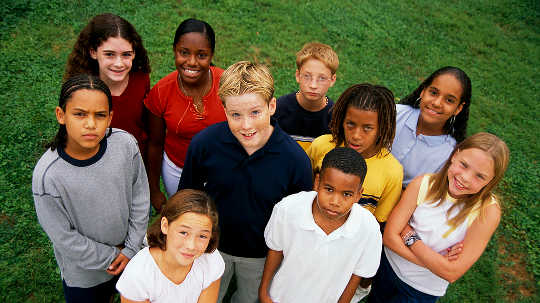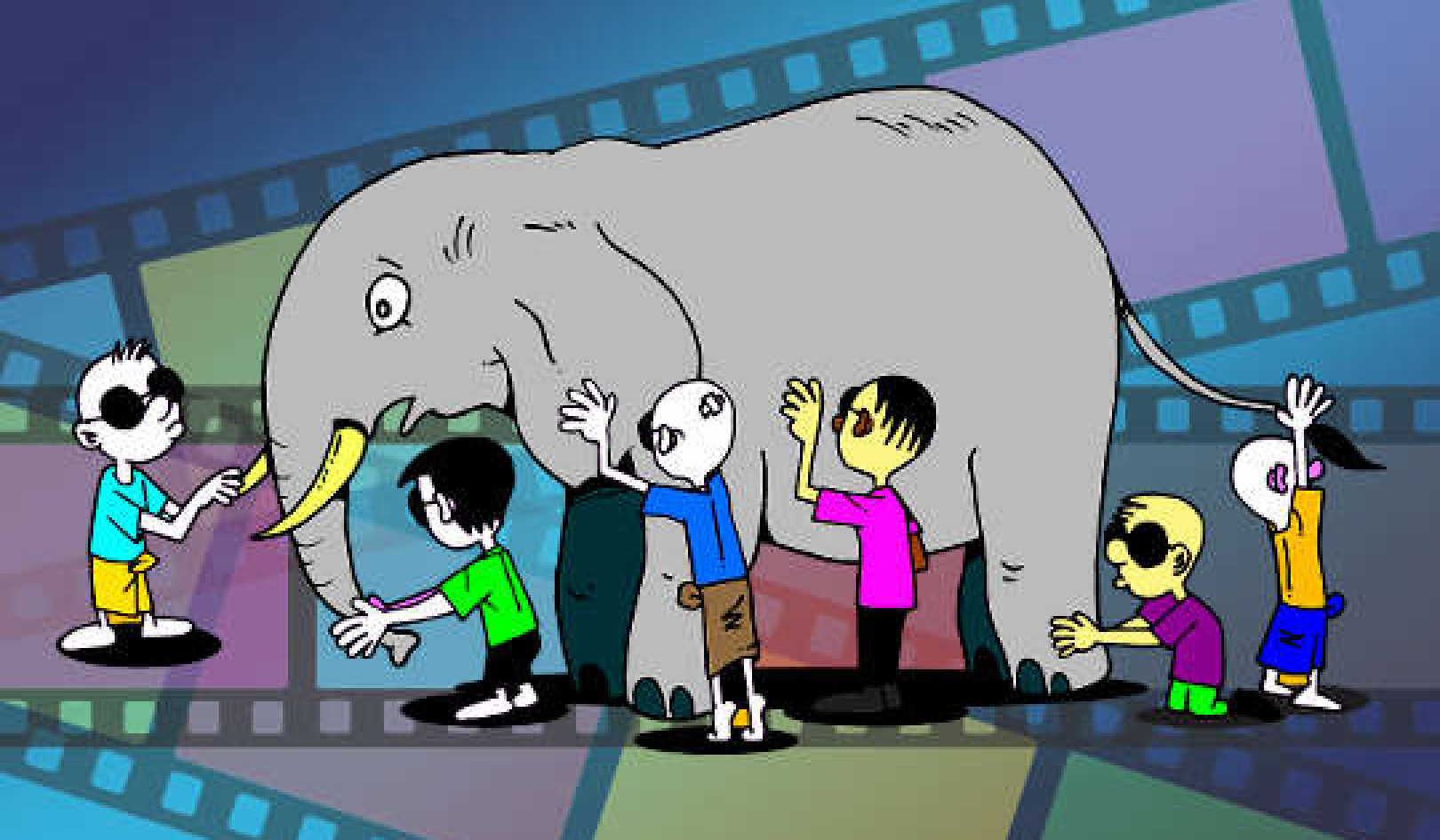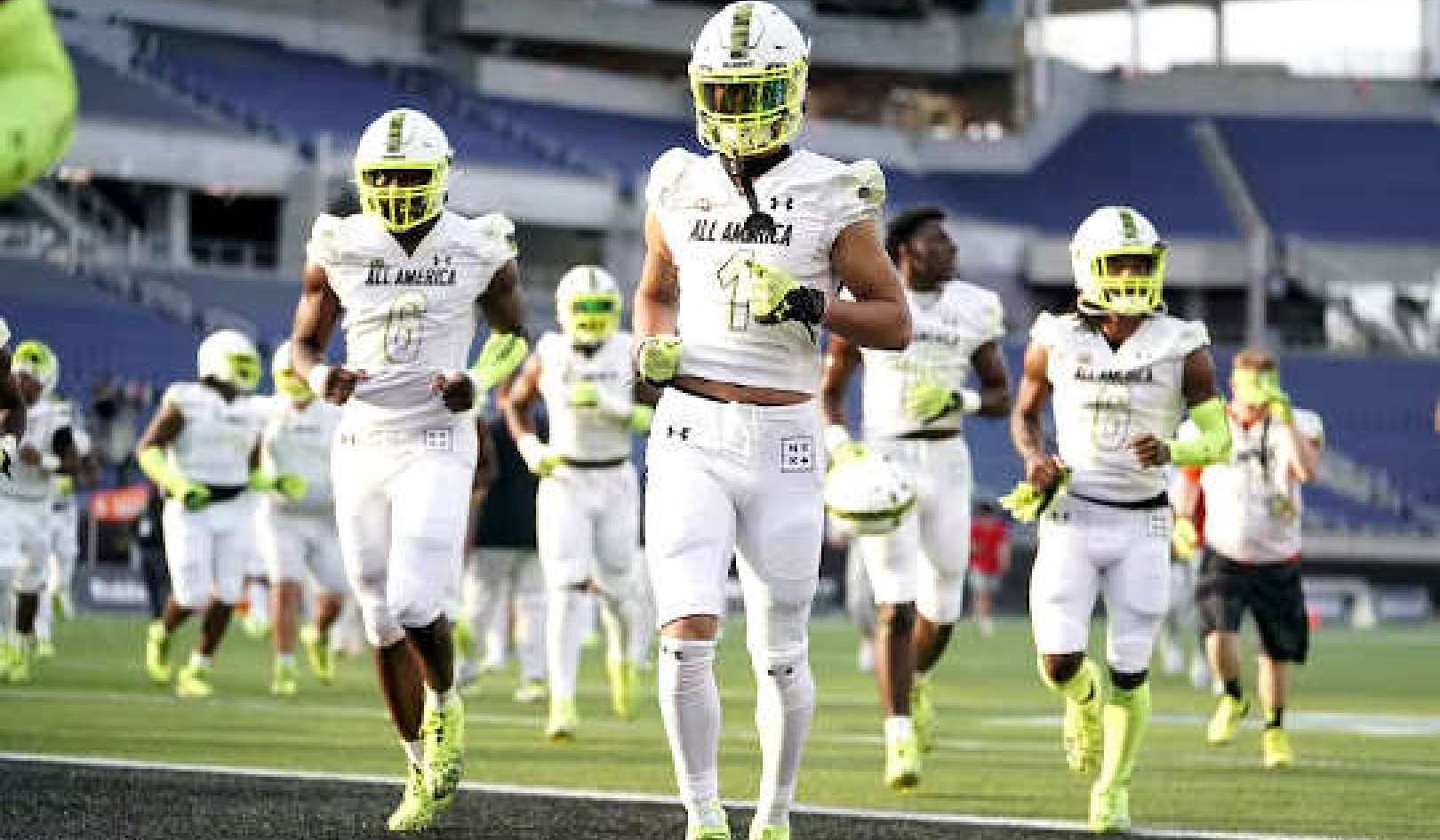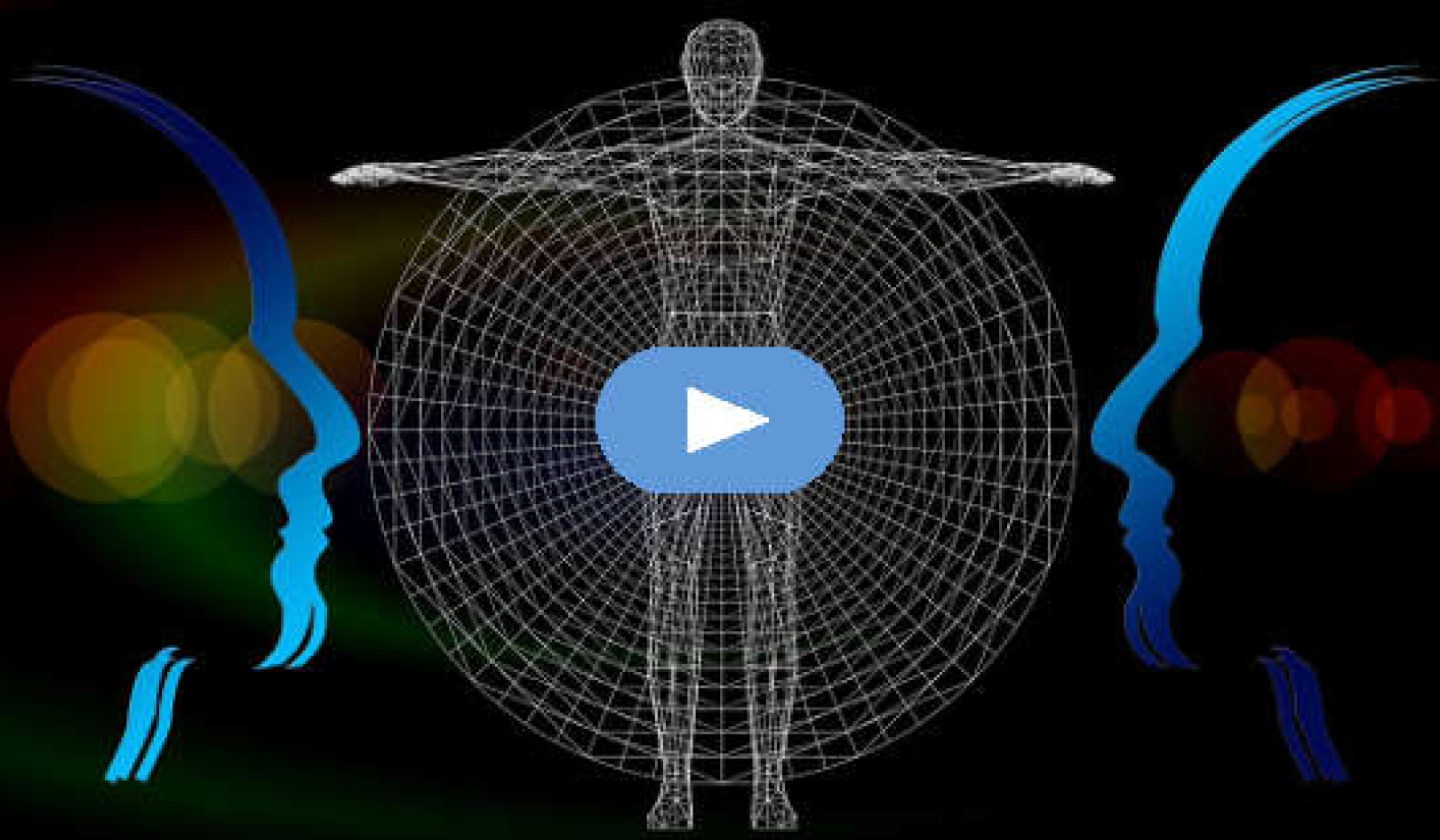
Issues related to racism and racial discrimination feature in our news and social media feeds with alarming regularity.
This year more and more stories have emerged around “black face”, hotly contested debates about cartoons, free speech and who gets to decide who and what is and isn’t racist.
Once again, Section 18C of the Racial Discrimination Act – which makes it unlawful for someone to do an act that is reasonably likely to “offend, insult, humiliate or intimidate” someone because of their race or ethnicity – is on the table.
Nationally and globally, right-wing politicians with strong anti-immigration and nationalistic agendas have risen to power.
Journalists and social commentators continue to debate the extent to which these politicians and their supporters are xenophobic, racist and prejudiced, or whether they represent a backlash against elitism, political correctness and identity politics gone too far.
Meanwhile, in the post-Brexit UK, the US during and after the election of Donald Trump, as well as here in Australia, there has been a rise in racially motivated attacks and hate crimes in public spaces as well as online.
Racism can impact on academic performance
Scientific evidence shows racism and experiences of racial discrimination are harmful to individuals, communities and societies.
This is especially so for children and young people. Empirical evidence shows that those exposed to racial discrimination are more at risk of poor academic outcomes, mental and physical ill health – including depression, anxiety, suicide and self-harm, sleep difficulties, risk of overweight and obesity – compromised immune function and accelerated cellular ageing.
Even living in a community or attending a school that has high levels of racial prejudice has been shown to impact negatively on children and adults from all racial, ethnic and cultural backgrounds.
Teaching children about racism
So how do we talk to a new generation of children about complex issues of racism, discrimination and prejudice? What does the scientific evidence tell us about the best ways to support children to navigate the increasingly diverse contexts in which they live, grow and learn?
A strong discourse still maintains that we shouldn’t talk to children about issues of race, racism and diversity.
Myths persist that children don’t notice difference or “see” race and so we shouldn’t unduly bring it to their attention. These “colour blind” approaches instead focus on a shared, common humanity – that we are all part of the one human race – without explicitly recognising that difference and diversity are pervasive. In other words, that sameness and difference co-exist.
Critically, this also ignores the incontrovertible evidence that some groups in society, including children and young people belonging to those groups, are treated unfairly on the basis of this diversity and difference. That is, that racism and discrimination remain alive and well. That throughout the world some racial, ethnic and cultural groups are considered inferior, treated unfairly and not afforded the same opportunities and resources in society as others.
Scientific evidence, including from experimental studies, also documents that colour-blind approaches that avoid talking about difference tend to reinforce rather than counter prejudice in children.
Perception that Australian = whiteness
Our research in Australian schools shows this also tends to communicate that being Australian equals whiteness.
We also found that children were often confused about differences between racism and racialisation. Is talking about racial and ethnic difference racist? Is observing that someone has dark skin racist?
Critically, avoiding conversations about difference and diversity does not help children from groups likely to experience racism and discrimination develop positive coping strategies for dealing with such experiences. Nor does it help protect them against the harmful effects of such experiences on their health, wellbeing, learning and development.
Australian data shows Aboriginal and Torres Strait Islander children and youth experience high levels of racial discrimination, with associated negative impacts on their health, wellbeing and academic outcomes. Data also shows another group of children and youth exposed to racial discrimination and its harms are those from refugee and some migrant backgrounds.
Children do recognise difference at an early age. By three or four years children have already begun to internalise bias and stereotypes, key antecedents of discriminatory behaviour and core components of racism.
Children need support to develop the cognitive and emotional skills required for positive cultural attitudes and to negotiate successfully the complex intercultural context of our increasingly diverse world. This includes learning to navigate the messages they receive from politicians, the media, social media and friends and families about racism and cultural diversity.
Sustainable, multi-level whole-of-school and whole-of-community approaches that specifically address racism and support cultural diversity among children and young people are an ongoing priority.
Research shows high levels of support among Australian schools and teachers for cultural diversity, multicultural education and strategies to combat racism and discrimination.
Yet more training and resources for teachers are needed in this area. A recent survey in New South Wales found that only half of classroom teachers had undertaken professional learning around incorporating anti-racism strategies into lessons. And 20% had not undertaken any professional learning in the area of multiculturalism.
Many parents, particularly those from white majority backgrounds, are also uncomfortable or unsure how to talk to their children about cultural difference and diversity.
Useful teaching tools
Some newly developed tools are available for schools, teachers and parents to help navigate these conversations in a more helpful way.
-
Reconciliation Australia’s Narragunnawali program supports reconciliation in early learning centres and schools.
-
An app for primary school children helps them identify and challenge exclusion and racism and provides resources for teachers to use in their classrooms.
-
The Australian Human Rights Commission also has a series of resources for schools as part of the National Anti-Racism Strategy. It has released materials for promoting diversity within early childhood settings, curriculum materials and an online resource for teaching students about human rights.
-
An audit tool to assist schools to review existing policies, procedures and practices to support diversity and address race-based discrimination is also available.
Now, more than ever, we have a responsibility to ensure all children learn to navigate the complexities of our diverse world with empathy and respect.
We must do all we can to ensure children are free from discrimination and unfair treatment on the basis of their cultural background, language, or skin colour.
It is imperative we support schools, teachers and parents, as well as the whole of society, to understand the complex and multifaceted nature of racism and its multiple forms and expressions.
Rather than avoidance or denial, we must become better at recognising when it occurs and knowing how to respond.
Ultimately, we must all as individuals and as a society find new and creative ways to prevent it from happening in the first place. Our children and their futures require it.
![]()
About The Author
Naomi Priest, Fellow, ANU Centre for Social Research and Methods, Australian National University
This article was originally published on The Conversation. Read the original article.
Related Books
at InnerSelf Market and Amazon






















